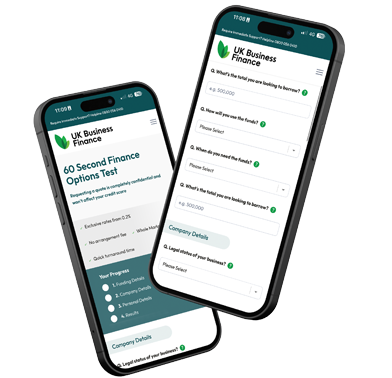Peter Worrall, associate solicitor at Moore Barlow, explains why Insolvency Administration Orders are essential in collecting debts from a deceased person’s estate and how creditors should go about securing one.
Any credit manager knows that reclaiming moneys owed isn’t always as straightforward as it should be. Chasing down debts from the living is hard enough but it becomes even more complicated when the debtor is deceased.
What happens to a debt when the debtor dies?
The death of an individual does not release them from debts or liabilities incurred during their lifetime. Instead, the payment obligation falls on their estate. Where a deceased person’s estate is likely to be insolvent, it must be administered for the benefit of the estate’s creditors and not the beneficiaries outlined in a Will until all debts, expenses and liabilities have been paid.
An Insolvency Administration Order (IAO) effectively places the estate in a slightly modified form of bankruptcy regime to enable the deceased’s estate to be administered. Essentially, the IAO sets out a framework where any assets owned by the insolvent estate are used, first and foremost, to satisfy outstanding payment obligations.
However, if an IAO is not applied for, the estate will be controlled by the designated personal representative – often the executor of the deceased’s Will – leaving creditors an arms-length away from the administration of the estate.
Who can apply for an Insolvency Administration Order?
Any of the deceased’s creditors can petition for an IAO, alongside the estate’s personal representative – on the grounds that the estate is insolvent, so too can a liquidator appointed in insolvency proceedings, or the supervisor of an individual voluntary arrangement entered into by the debtor before they died.
A creditor can petition for an IAO provided that the debt owed by the deceased is £5,000 or more, unsecured, liquidated and payable immediately or at some future time. There must also be a ‘reasonable probability’ that the estate will be declared insolvent – although, unhelpfully, there is no specific guidance in the law about what constitutes a ‘reasonable probability’.
If it is the creditor applying, then the IAO petition is normally served on the personal representative of the estate. There is no requirement to serve a formal demand prior to presenting a petition.
How does an Insolvency Administration Order work?
If the court grants the IAO a licensed insolvency practitioner will be appointed who is responsible for administering the bankrupt individual’s estate – a trustee in bankruptcy – and has certain powers that a personal representative doesn’t have. This includes the ability to recover property which has passed by survivorship, namely, the trustee in bankruptcy may apply for an order whereby the surviving joint tenant must pay a sum reflecting the value lost to the estate on survivorship.
The trustee in bankruptcy also has access to various statutory powers to investigate transactions entered into by the deceased so as to pursue claims to increase the value of the estate and disclaim onerous property or transactions.
Between the presentation of a petition and the making of an IAO, the court may appoint an ‘interim receiver’ – normally a civil servant, and officer of the court, who administers the affairs of the deceased individual on behalf of the creditors. This provides a useful short-term mechanism that prevents any of the estate’s assets being re-appropriated by the personal representative or beneficiaries before the IAO is up and running.
Conclusion
Above all, an IAO provides certainty, not just for creditors, but for beneficiaries and personal representatives as well. For the latter, it ensures they will not fall foul of the insolvency legislation and become personally liable for any of the deceased’s debts once they take charge of administering the estate. For creditors, it places a clear notice on the estate that debts need to be fulfilled, pausing any of the other processes that normally happen when a person dies such as granting probate and carrying out instructions in the Will, for example.
However, IAOs can be complex and administratively taxing, making it essential to start the process early and consult the right advisors along the way.
To learn more about how to apply for an IAO, contact peter.worrall@moorebarlow.com









